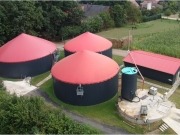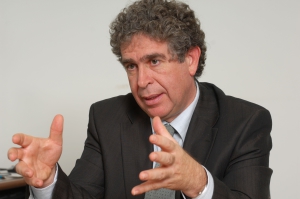China recently passed up the U.S. as the world’s leading energy consumer. What it does on this front is critical to the long-term livability of our planet (for humans, at least). It is great to see that it is not only cutting back on nuclear expansion (which is a very risky option until someone learns how to deal with nuclear waste that lasts several times longer than humans have existed for), but that it is also increasing its solar power goals to account for this.
Reportedly, Shi Lishan, deputy director of the renewable energy department of the National Energy Administration (NEA), announced yesterday that China is “seriously considering increasing its five year target for the PV industry capacity from 5 gigawatts (GW) to 10 GW” as well.
The previous 2020 target for nuclear was 80 GW and for solar it was 20 GW. The proposed changes have not been announced yet.
But while its 2020 targets are supposed to be changing, that may not change China’s plans in the long term.
Is China Going to Cut its Nuclear Goals in the Long-Term?
While it is clear that China is slowing down its nuclear development process, some are saying that it is not actually going to change the long-term goals of the country when it comes to nuclear. The slow-down will be to ensure that new nuclear plants are “safer” but it won’t necessarily cut the country’s eventual target.“NDRC Vice Chairman Xie Zhenhua said [on Wednesday] that China won’t alter its atomic energy plans, even as the Cabinet had stopped approving new nuclear plants, pending safety checks.”
Cao Peixi, chairman of Huaneng Power International Inc, said the same thing at a press briefing yesterday. Want China Times writes: “China’s biggest electricity producer won’t alter its nuclear plans because of Japan, Cao said.”
Is this temporary halting of nuclear development just a play for the public? Or will safety checks, a change of short term plans, and probable cost increases reduce nuclear development in China? We’ll see….
Source : http://cleantechnica.com/2011/04/01/china-to-cut-nuclear-increase-solar-power-goals-after-japan-crisis/




 The Bruhat Bangalore Mahanagara Palike is planning to establish 16 methane gas plants across the City as part of its garbage disposal mechanism.
The Bruhat Bangalore Mahanagara Palike is planning to establish 16 methane gas plants across the City as part of its garbage disposal mechanism.



